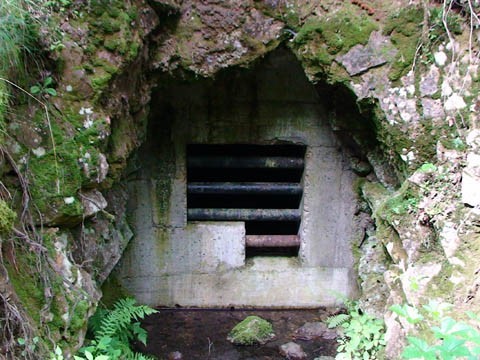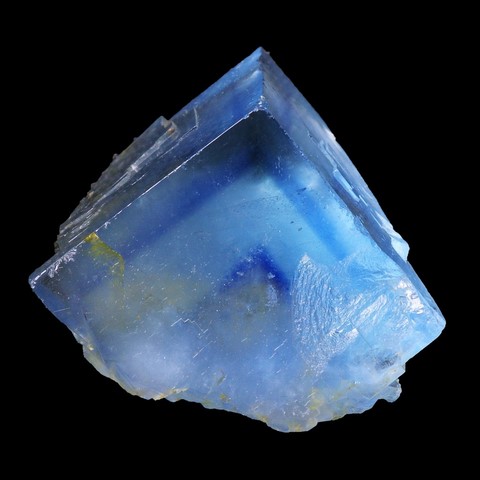La Barre mine, Puy-de-Dôme, France
It is while strolling in the forest between the small villages of La Barre and La Martinèche to the South of St-Jacques-d'Ambur in Puy-de-Dôme (France) that we find the remains of a old fluorite mine. The undergrowth is strewn with purple and green fragments and punctuated by artisanal mini-quarries made by mineral collectors. Old rusty mining tools such as wagons are slowly digested by vegetation. Massive fluorite mixed with white chalcedony is ubiquitous. It will attract the attention of any novice hiker. We can also find traces of white barite. At the bottom of the thalweg a small stream flows revealing the bright colors of fluorite and leading to 2 mine entrances blocked off by bars, partially filled with water.
Photos G. Mazankiewicz
This mine was exploited intermittently from 1901 to 1966, notably by various companies such as the Ugine company in the 1940's and the Société Minière et Métallurgique du Châtelet in the 1960's. However, these last extraction attempts did not have lasting success. The mine was recently secured. Nearly 100,000 tonnes of fluorite were extracted for metallurgy, where the fluorite is used as a flux. The vein measured nearly 400 m in length with a thickness (power) of 2 metres recognized by 40 m in height. It provided extraordinary samples of varied shapes and colours. Thus, we find in the collections cubes up to 10 cm on an edge, but also octahedrons exceeding 5 cm on an edge and whose faces are sometimes convex. Alfred Lacroix had reported rhombododecahedra with 10 cm edges !
The colors range from green (the dominant color of the deposit) to purple through colorless or deep blue and yellow-orange (the rarest color). Yellow and blue are reserved for cubes, which can also display both colors with spectacular color zoning. Purple is reserved for octahedra or rhombododecahedra, although some cubes may have a purple border. The crystals are usually placed on a white chalcedony with quartz microcrystals which produces very contrasting and aesthetic specimens. They may present inclusions of golden chalcopyrite.
References :
Le Règne Minéral - Hors-Série N°11 2005 - Les Fluorines de Haute-Loire & du Puy-de-Dôme


















